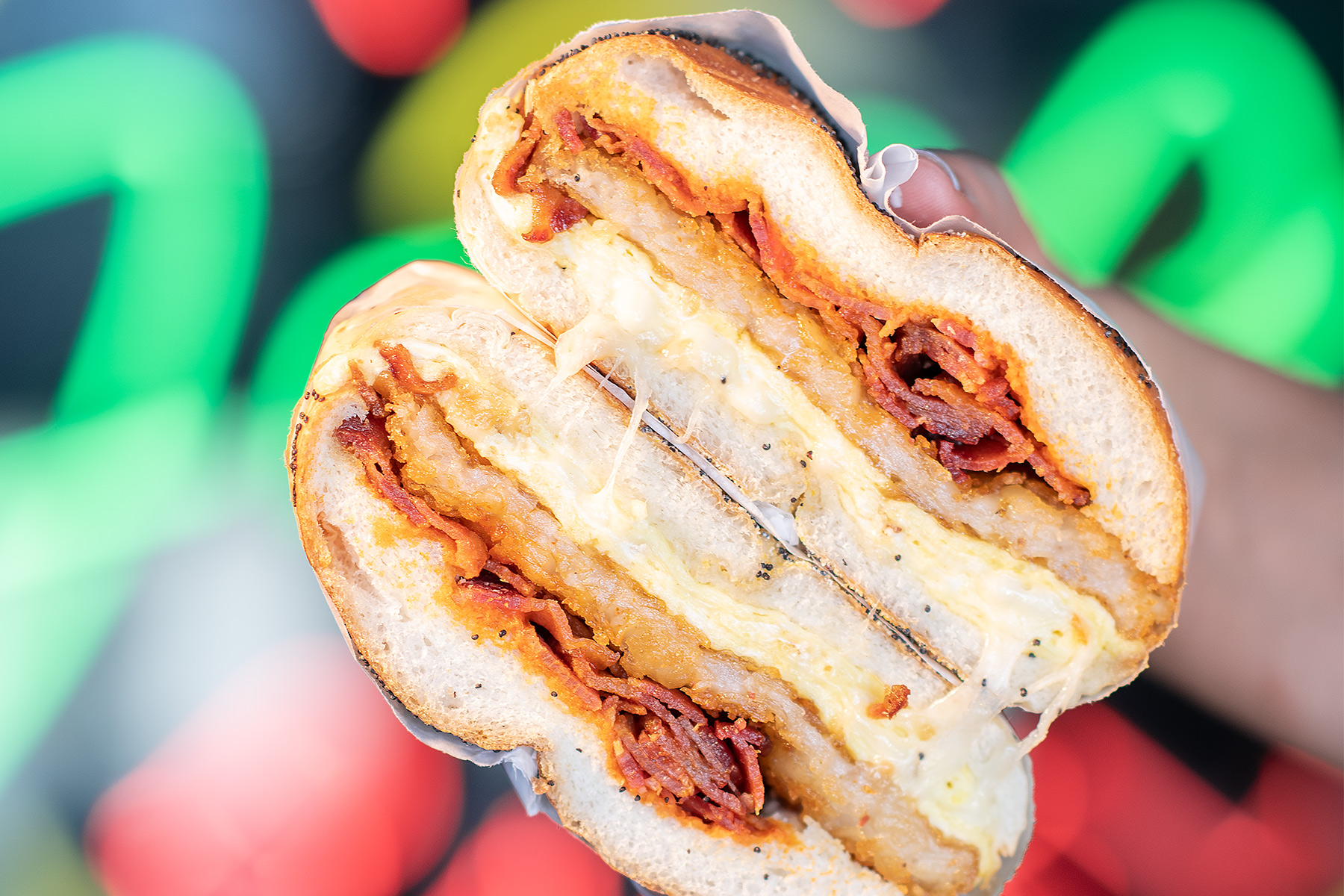
The money went to (related to the construction of both ships): GBP 1,325B to BVT Surface Fleet/BAE & VT Group joint venture (for building the hull sections at Govan and Portsmouth), GBP 300M to BAE (for the sections at Barrow-in-Furness), GBP 675M to Babcock Marine (for the bow section/final assembly/completion at Rosyth), GBP 425M to Thales UK (design/engineering), GBP 275M to BAE (design and supply of Mission Systems (Insyte), plus spending on additional contracts for the steel, diesel generators, aircraft lifts, key electronics. Vessel details, specifications, statisticsīuilders: BAE Systems Surface Ships, Thales Group, Babcock Marine (see the ship's WIKI section for more details).Ĭost to Build: GBP 3,5 billion (USD 5,520 billion), which is exactly GBP 7B for both QE-class units by the 2008 contract. The Navy's previous operational aircraft carrier was HMS Ark Royal (hull number R07, Invincible-class, 1981-built/1985-commissioned/2011-decommissioned/2013-scrapped). HMS QE aircraft carrier is the British Navy fleet's flagship (Britain's main warship). The dock's entrance was enlarged, and dredging was done at Portsmouth (their home base) to make the existing channel deeper and wider. A similar method is used to build the largest cruise liners.Īt Rosyth (one of the cruise ports to Edinburgh), Babcock Marine yard's Drydock 1 was specially extended to fit the CVF warships. Then the preassembled parts/mini-sections were transported/ferried onto sea-going barges to Rosyth's Babcock Marine yard (drydock No1) to be welded together. Construction works were conducted at 6 different British shipyards - Rosyth (Fife/Scotland), Portsmouth (Hampshire/England), Glasgow (Govan/Scotland), Appledore (Devon/England), Newcastle (Tyne and Wear/England), and Birkenhead (Merseyside/England). The Queen Elizabeth aircraft carrier was assembled from 9 huge hull sections. The hangars are designed for storing military helicopters Boeing CH-47 Chinook (without blade folding) and Bell Boeing V-22 Osprey (tiltrotor). The expected lifespan/max service life for the vessel is 50 years (planned decommissioning in 2067).Įach of the two Queen Elizabeth-class warships is capable of carrying 40+ aircraft (surge capacity is 65x units, theoretical max is 72x units), with max load 36x F-35s (Lockheed Martin F-35 Lightning II) and 4x helicopters.

The cruising/service speed is 25 knots, while the tested max speed is 32 knots (37 mph / 59 kph). The max range/endurance without refueling is 10,000 NM/nautical miles (11500 mi / 19000 km). There are 9 decks beneath the flight deck, plus two "tower decks" positioned above. This is enough energy to run ~1000 family cars, ~50 of the new highspeed trains, or to power ~5500 households.Įach of the CVF ships has an overall height 184 ft / 56 m (from keel to masthead, or 13 ft / 4 m taller than Niagara Falls), draught 36 ft / 11 m, overall width/flightdeck beam 240 ft / 73 m (128 ft / 39 m waterline beam). Eventually, the CVF project cost Britain GBP 6,2 billion (US$ 10,5B).Įach of the CVF ships has 2 large propellers which together are able to output ~80MW/ megawatts of power. The CVF project was for the design and construction of only two units (the UK's largest warships ever built for the Royal Navy).

The UK's new aircraft carriers project was initially titled "CV Future", or simply "CVF" (Future Aircraft Carriers). The Combat Vessel (IMO number 4907892) is UK- flagged (MMSI 235107775) and registered in Portsmouth England. The sistership HMS Prince of Wales (hull R09) was completed in 2017 and commissioned in 2019.

The 2014-built/2017-commissioned HMS Queen Elizabeth aircraft carrier is the first unit (ship pennant number/hull R08) from the UK's new Queen Elizabeth-class aircraft supercarriers - Britain's largest battleships ever constructed.


 0 kommentar(er)
0 kommentar(er)
